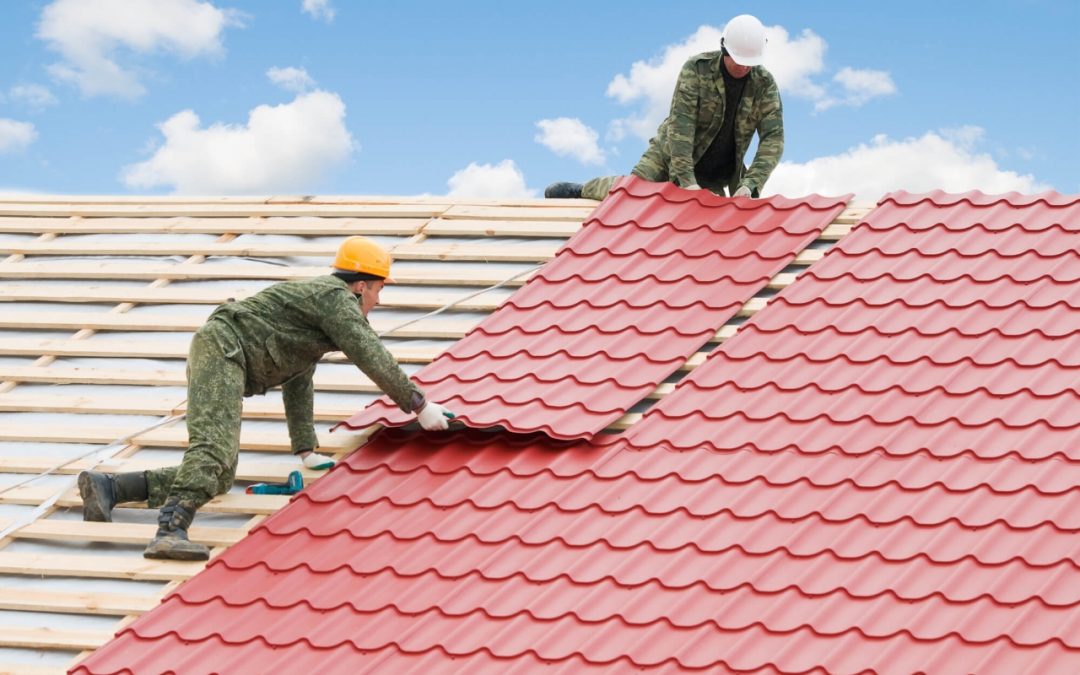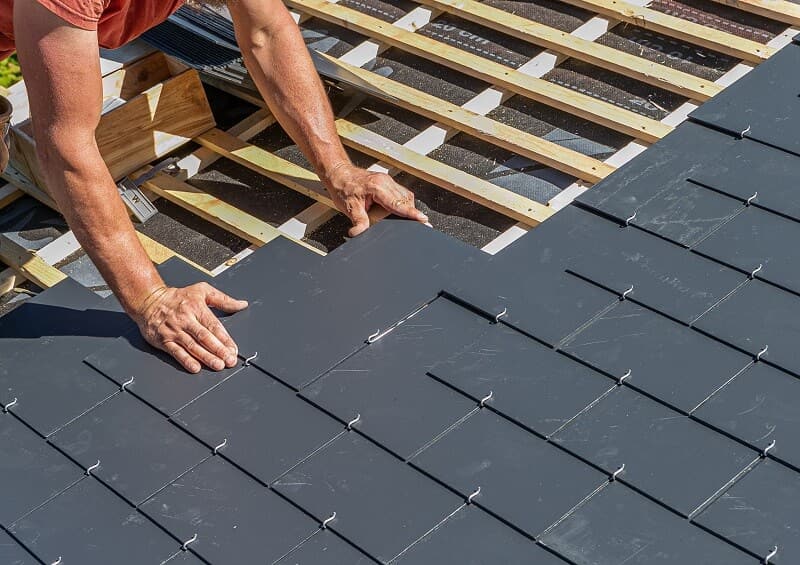
Different Types of Roofing Materials
The choice of roofing materials can be quite a challenge for many homeowners. Proper roofing services enhance the beauty and value of your home. When installing a new roof or updating the existing one, it is commendable to seek the expertise of a roofing contractor to do the job for you.
When choosing the roofing material that suits your needs, it is vital to determine whether the material is available in a wide range of styles and colors that complement your home. It would help if you also considered durability and the ability to withstand extreme weather conditions. The cost of your roofing materials should match your budget and meet the fire code requirements of your region.
The most common options for roofing materials include the following:
Metal Roofing
Metal roof is used both in residential and commercial settings. In the past, metal roofs were mainly used in industrial environments, but homeowners are considering them for their structures in modern times. Metal roofs are simple to maintain and have a wide range of styles and designs that you can choose from. They are light with various colors to choose from, depending on individual needs.
Installation of metal roofs is costly, but the material is durable to resist wear and tear from adverse weather conditions. They promote the value of your property and attract many buyers in instances where the property is for sale.
There are various warranty options available for metal roof customers, including paint warranties and leaks in the roofing system. Paint warranties cover the degradation of the paint system that occurs over time. The warranties vary depending on the area’s climatic conditions, where you live, and the type of paint used.
A metal roof is a green product that conserves the natural environment. Manufacturers can recycle the products to create a safe and comfortable environment. The materials are either pre-consumer recycled, which involves scrap metals used during manufacturing and can be reused for future needs. They can also be post-consumer materials that have already been recycled for reuse.
Asphalt Shingles
It is the most frequently used type of roofing material used in residential buildings. Asphalt is fire resistant, which makes it preferred by many contractors. Asphalt shingles are made from fiberglass or another material that is covered with asphalt. The material has been chosen for decades due to its price and durability. https://www.loaconstruction.com/roof-services/austin-roofing-company/ offer installation as well as repair and maintenance services when the need arises.
Asphalt shingles offer reliable waterproof benefits and are easy to install. They are resistant to extreme temperatures and have a long life span. They are, however, prone to damage by strong winds and thunderstorms and hence not ideal for areas that experience hail and severe storms.
Clay and Concrete Tiles
These are modern roofing options that have been used in recent construction projects. Clay slates have a natural appearance and offer resistance to fire. They are durable and can last for many decades with the ability to withstand strong winds, heavy downpours, and hail. Due to its beautiful natural appearance, clay and concrete tiles are used in many architectural designs.
Slate is available in various colors and styles, making it the preferred option for many manufacturers and contractors for home remodeling. Clay and concrete tiles are heavy and do not sustain foot traffic during repair and maintenance services. The cost of purchasing this type of material is high due to the costly manufacturing expenses. They also need a high level of skill and expertise to install.
Tiles are susceptible to damage by hail and heavy storms. They also fade with prolonged exposure to heat and ultraviolet rays. It is essential to look into the roofing needs of your house and the weather conditions in your region before you settle for roofing materials.




